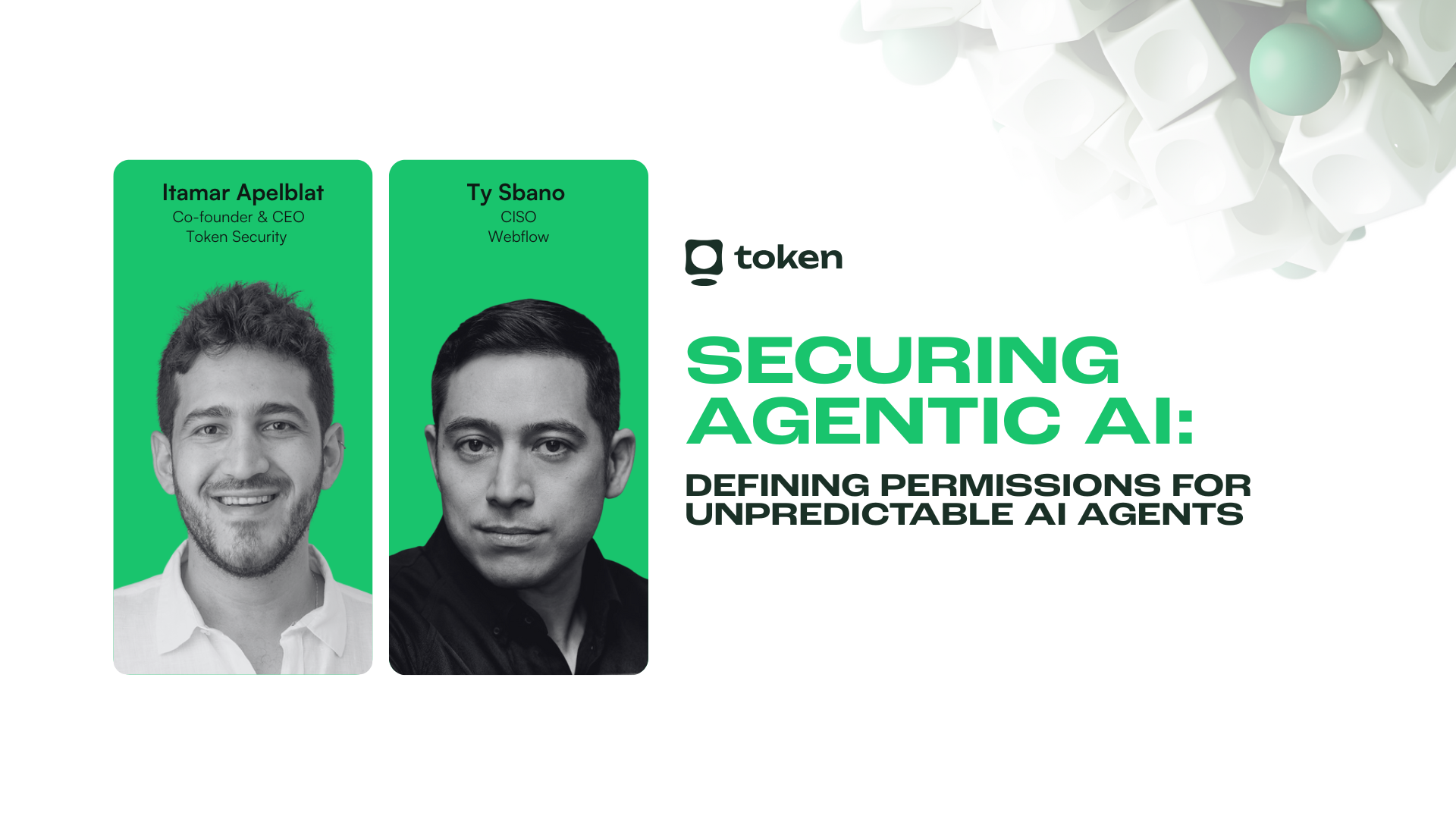Securing Agentic AI: Defining Permissions for Unpredictable AI Agents
Securing Agentic AI: Defining Permissions for Unpredictable AI Agents
As enterprises deploy Agentic AI systems, the old rules of identity and access management (IAM) no longer apply. Traditional action-based permissions that define what users or agents can do are necessary but insufficient in a world where autonomous AI chains together novel sequences of actions in pursuit of goals. The real challenge isn’t just controlling what an AI agent can execute, but ensuring access aligns with why it’s doing it.
This live webinar explored the evolution from action-based to intent-based permissions in securing Agentic AI. Together, Itamar and Ty will unpack how enterprises can extend identity-first security into an AI-driven world. Veiwers will take away:
- Why static action-based controls fall short for autonomous AI agents
- How intent-based permissions dynamically align access with goals, context, and business risk
- Practical examples of hybrid models that combine baseline guardrails with adaptive, intent-aware enforcement
- Steps organizations can take today to prepare their IAM strategies for AI-driven environments
Catch this replay to discover how intent-based permissioning will reshape identity security in Agentic AI systems—and why enterprises that adapt early will unlock innovation safely, while those that lag risk both productivity and exposure.
Securing Agentic AI: Defining Permissions for Unpredictable AI Agents

Speakers
Securing Agentic AI: Defining Permissions for Unpredictable AI Agents
About us
Token Security offers a centralized non-human identity security solution for modern cloud environments, mitigating risks and challenges originating from the inherent interaction between non-human and human identities.
Our solution offers comprehensive visibility into all non-human identities, providing granular inventory management. Using our AI-based engine, we offer a broader security context, conduct risk analysis, and establish identity ownership, enabling security teams to identify and automatically remediate critical risks. Additionally, we securely manage the lifecycle of all non-human identities.
.gif)



